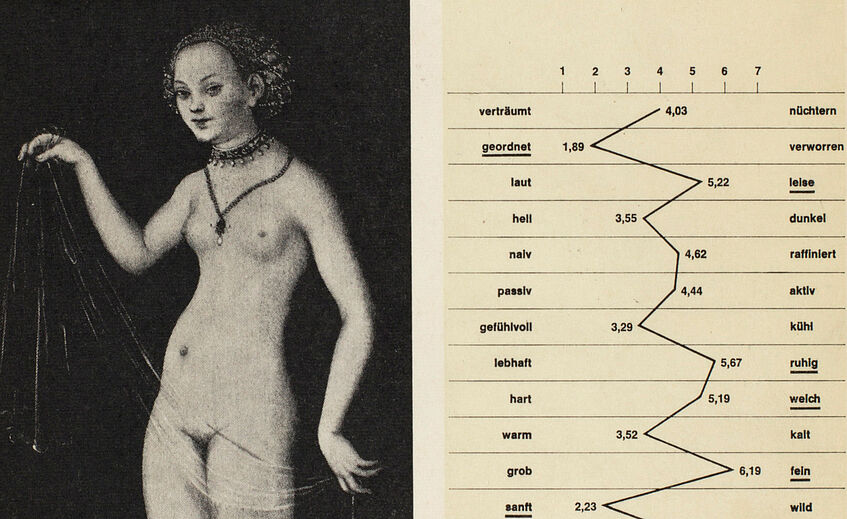Universal aesthetics of lines and colors? Effects of culture, expertise, and habituation
Raphael Rosenberg (PI), Helmut Leder (Co-PI), Jane Boddy, Hanna Brinkmann, Beatrice Immelmann, Eva Specker, Maximilian Douda, Stephanie Sailer, Hamida Sivac
WWTF Project (July 2016 – June 2019)
Lines and colors are the basic formal elements of painting. Whether an artwork is perceived as being serene, dynamic, sad or cheerful is heavily determined by the interplay of these artistic media. Yet, how are such perceptions actually generated in spectators and why do spectators like particular pictures, but dislike others? Artists, art historians and psychologists have grappled with these questions for centuries, but their findings had to remain complementary. There is, however, general agreement among artists (such as Kandinsky and Mondrian) and psychologists that lines and colors generate definite perceptions in spectators. In an interdisciplinary cooperation between art history and cognitive psychology, this project examines the assumption that the perception of lines and colors is basic to the aesthetic effects and liking of painting. We test this assumption by looking at the impact of single lines and single colors on a perceptual and aesthetic level. Then we extend this to more complex interactions between elements, up to actual artworks. By examining the role of art-specific expertise and cultural background (planned is a comparative study of Austrian and Japanese spectators), we question the assumption of a universal perception of lines and colors. Our final goal is to gain critical insight into the aesthetic perception of lines and colors and take a decisive step towards an interdisciplinary cognitive science of art.
https://linesandcolors.univie.ac.at/en/


